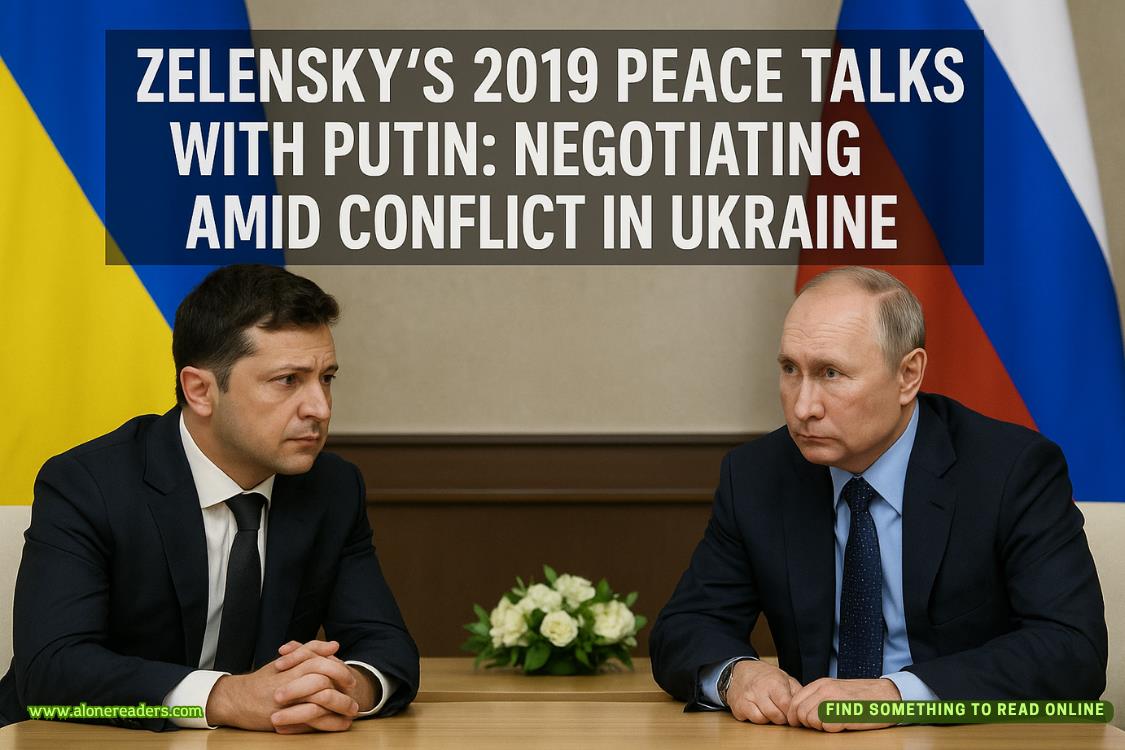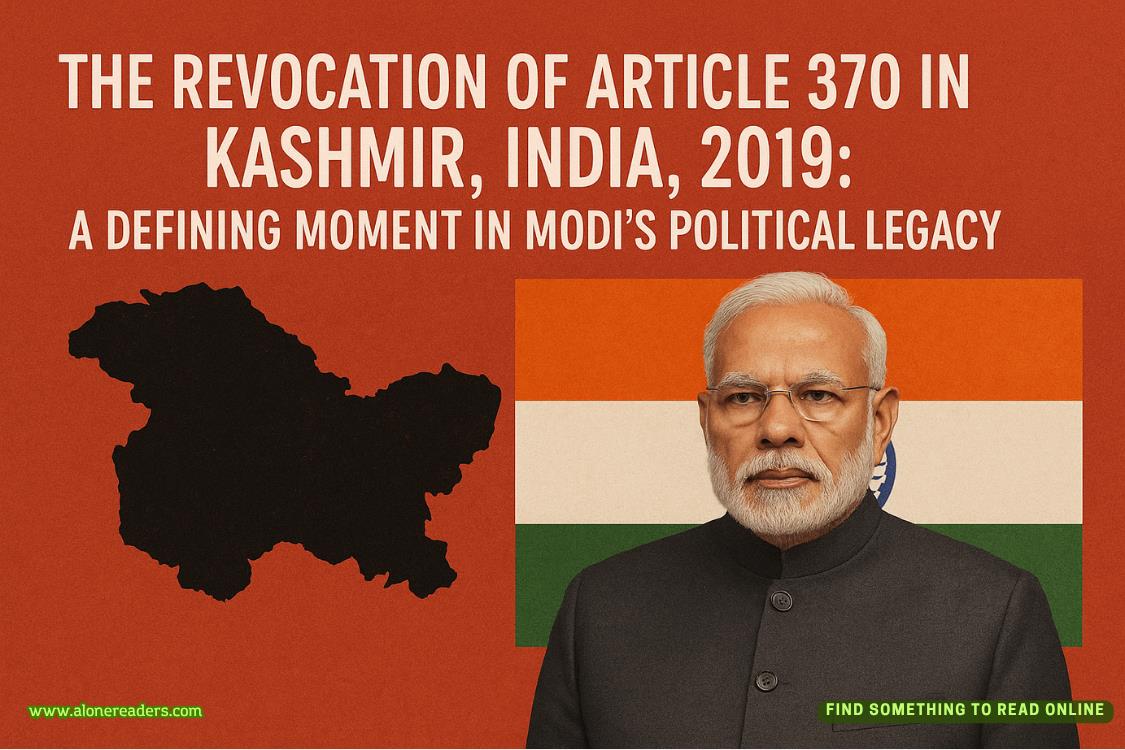PROLOGUE
Early in 1943, at a time when victory was by no means certain, Great Britain, the Union of Soviet Socialist Republics, and the United States of America—“the Allies”—signed what became known as “the Moscow Declaration.” It stated that the leaders of Germany, Italy, and Japan—“the Axis Powers”—would be held responsible for atrocities committed during the war.
In December of that year, the Allied leaders—Prime Minister Winston Churchill of England, General Secretary Joseph V. Stalin of the Soviet Union, and President Franklin D. Roosevelt of the United States—met secretly in Tehran, Iran, under the code name Project Eureka. The meeting later came to be known as the Tehran Conference.
At a dinner in Tehran on December 29, 1943, while discussing the Moscow Declaration, Stalin proposed the summary execution of fifty thousand to one hundred thousand German staff officers immediately following the defeat of the Thousand-Year Reich. Roosevelt thought he was joking, and asked if he would be satisfied with “the summary execution of a lesser number, say, forty-nine thousand.”
Churchill took the Communist leader at his word, and angrily announced he would have nothing to do with “the cold-blooded execution of soldiers who fought for their country,” adding that he’d “rather be taken out in the courtyard and shot myself” than partake in any such action.
The war in Europe ended on May 8, 1945, with the unconditional surrender of Germany.
In London, on August 8, 1945, the four Allied powers—France, after its liberation, had by then become sort of a junior member—signed “the Agreement for the Prosecution and Punishment of the Major War Criminals of the European Axis Powers.”
“The London Agreement” proclaimed that the senior Nazi leaders would be tried on behalf of the newly formed United Nations at Nuremberg, and that lesser officials would be tried at trials to be held in each of the four zones of occupation into which Germany was to be divided.
The Soviet Union wanted the trials to be held in Berlin, but the other three Allies insisted they be held in Nuremberg, in Bavaria, in the American Zone of Occupation. Their public argument was that not only was Nuremberg the ceremonial birthplace of Nazism, but also that the Palace of Justice compound, which included a large prison, had come through the war relatively untouched and was an ideal site for the trials.
What the Western Allies—aware of the Soviet rape of Berlin and that to get the Russians out of the American Sector of Berlin, U.S. General I.D. White had to quite seriously threaten to shoot on sight any armed Russian soldiers he found in the American Sector—were not saying publicly was that they had no intention of letting the Soviet Union dominate the trials.
They threw a face-saving bone to the Russians by agreeing that Berlin would be the “official home” of the tribunal.
The London Agreement provided that the International Military Tribunal (IMT) would, on behalf of the newly formed United Nations, try the accused war criminals. It would consist of eight judges, two named by each of the four Allied powers. One judge from each country would preside at the trials. The others would sit as alternates.
Interpreters would translate the proceedings into French, German, Russian, and English, and written evidence submitted by the prosecution would be translated into the native language of each defendant. The IMT would not be bound by Anglo-American rules of evidence, and it would accept hearsay and other forms of evidence normally considered unreliable in the United States and Great Britain.
The IMT was given authority to hear four counts of criminal complaints: conspiracy, crimes against peace, war crimes, and crimes against humanity.
It has been argued that the Russians obliged the Western Allies by agreeing to hold the actual trials in Nuremberg in a spirit of cooperation. It has also been argued that there was a tit-for-tat arrangement. If the Russians agreed to Nuremberg, the Americans and the English would not bring up the Katyn Massacre.
What is known—provable beyond doubt—is that in 1943 the Germans took a number of captured American officers from their POW camp to the Katyn Forest, about twelve miles west of Smolensk, Russia.
The American officer prisoners were a mixed bag of Medical Corps officers, Judge Advocate General’s Corps officers, and officers of the combat arms. In the latter group was Lieutenant Colonel John K. Waters, an Armor officer who had been captured in Tunisia. He was married to the former Beatrice Patton. His father-in-law was General George S. Patton. Waters later became a four-star general.
At Katyn, there were several recently reopened mass graves. As the Americans watched, other mass graves were reopened. They contained the bodies of thousands of Polish officers who had surrendered in 1940 to the Red Army when the Russians invaded Poland from the East and Germany from the West.
The Germans told the Americans that the Polish officers had been taken from the Kozelsk prisoner-of-war camp to the forest in 1940—shortly after the surrender—by the Soviet NKVD. There, after their hands had been wired behind them, they were executed by pistol shots into the back of their heads.
The Germans permitted the American doctors to examine the corpses and to remove from their brains the bullets that had killed them. It was the opinion of the American doctors that the bodies had in fact been so murdered and had been decomposing since 1940.
The Americans were then returned to their POW camp. The bullets removed from the brains of the murdered Polish officers were distributed among them.
It is now known that there was some communication, in both directions, between the Allies and American prisoners of war in Germany. It is credible to assume that the prisoners who had been taken to Hammelburg managed to tell Eisenhower’s headquarters in London what they had seen in the Katyn Forest, and possible, if by no means certain, that they managed to get the bullets to London, as well.
Very late in the war, in March 1945, General Patton gave a very unusual assignment to one of his very best tank officers, Lieutenant Colonel Creighton W. Abrams, who then commanded Combat Command B of the 4th Armored Division. Abrams had broken through the German lines to rescue the surrounded 101st Airborne Division at Bastogne, and was later to become chief of staff of the U.S. Army. The U.S. Army’s main battle tank today is the Abrams.
The official story was that Patton told Abrams he feared the Germans would execute the American POWs being held in Oflag XIII-B, in Hammelburg, Germany, then fifty miles behind the German lines, when it appeared they would be liberated by the Red Army.
Abrams was ordered to mount an immediate mission
to get to Hammelburg before the Russians did and to liberate the Americans. In the late evening of March 26, 1945, Task Force Baum—a company of medium tanks, a platoon of light tanks, and a company of armored infantry, under Captain Abraham Baum—set out to do so.
The mission was not successful. It was mauled by the Germans. When word of it got out, Patton was severely criticized for staging a dangerous raid to rescue his son-in-law. He denied knowing Colonel Waters was in Oflag XIII-B. When, shortly afterward, Oflag XIII-B was liberated by the Red Army, Waters was not there.
It later came out that Waters and 101st Airborne Division Second Lieutenant Lory L. McCullough (an interesting character, who learned that he had been awarded a battlefield commission only after he had been captured during Operation Marketgarden) had escaped from captivity while the Germans had been marching the prisoners on foot toward Hammelburg and had made their escape to North Africa through the Russian port of Odessa on the Black Sea.
When this came out, there was some knowledgeable speculation that Patton had known Waters was in Oflag XIII-B, and had been worried, because of Waters’s knowledge of the Katyn Forest massacre, that if the Red Army reached Hammelburg before the Americans, Waters would have been killed by the Red Army to keep his mouth shut.
Why else, this speculation asked, would Waters have elected his incredibly dangerous escape with McCullough rather than just stay where they were and wait in safety to be liberated?
The Katyn Forest Massacre was not unknown in the West. The Polish government in exile had proof of it as early as 1942. When they requested an investigation by the International Red Cross, Russia broke diplomatic relations with the Poles. Churchill had not wanted to annoy his Russian ally, and Roosevelt believed it was Nazi propaganda. The Russians wouldn’t do anything like that.
And then, at the very end of the war, Major General Reinhard Gehlen, who had been chief of Abwehr Ost, the German military intelligence agency dealing with the Soviet Union, added some further light on the subject.
Gehlen had made a deal with Allen W. Dulles, who had been the Office of Strategic Services station chief in Berne, Switzerland, to turn over all of his assets—including agents in place in the Kremlin—to the OSS in return for the OSS protection of his officers and men, and their families, from the Red Army.















